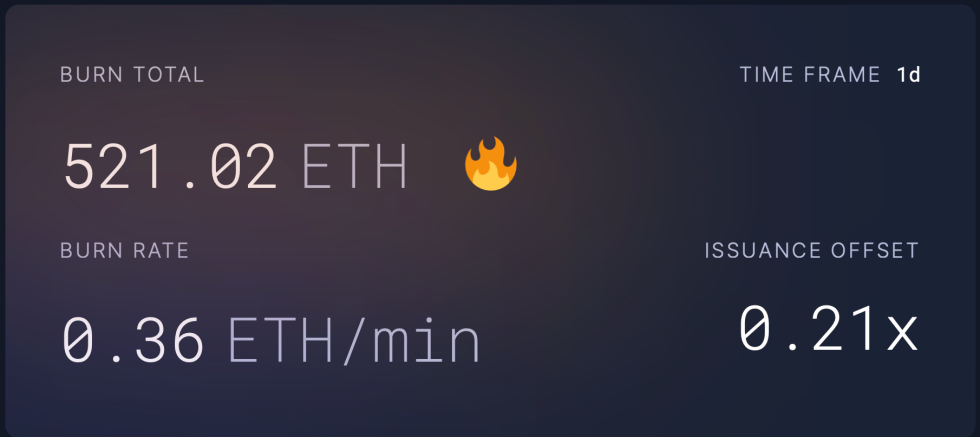A significant development for Ethereum saw the average gas fee on the network drop to 6.8 Gwei, the lowest level since January 2020, as seen on YCharts.
This reduction in gas fees makes all on-chain operations, including asset swaps, cross-chain bridging, and issuing non-fungible tokens (NFTs), significantly more affordable for users.
Reduce Ethereum fees with Dencun upgrade
The plunge in transaction fees has impacted several operations on the Ethereum network. For example, according to data from Etherscan, an asset swap can now be executed at $7.32, a bridging at $2.35, a loan at $6.21, and the NFT mining price is around $12.37.
These fee savings are a result of the post-Dencun upgrade that introduced blobs and optimized network usage. The upgrade has sparked curiosity among developers about the potential for gas prices to rise if market activity surges.
The Dencun upgrade decoupled Ethereum’s transaction fees from network activity, keeping fees low even during peak usage periods.
This change will benefit users and adjust the deflation mechanism established by previous upgrades such as EIP-1559 and The Merge.
This new fee structure reduces the pressure expected from the ETH burn mechanism, as lower transaction fees mean less ETH burns, which means a shift towards a more inflationary trend in the near term.
Market Dynamics of Ethereum and its Impact on Future Forecast
Martin Koppelmann, co-founder of GnosisDAO highlighted Ethereum’s current fee dynamics raise questions about whether the low base fee and untapped price discovery of blob fees will be the new norm, or whether the network will surge beyond 100Gwei again.
Ethereum default fees are at an all-time low. Blob fees are not even included in the price discovery phase yet (with very brief exceptions) so they are absolutely zero.
Is this the new normal or will we see +100GWEI periods again and what demand will drive this?— Martin Koeppelmann 🦉💳 (@koeppelmann) May 10, 2024
This uncertainty highlights the difficulty of predicting network demand and its impact on fees. Meanwhile, data from Ultrasoundmoney shows that the ETH burn rate has decreased significantly with only 521.02 ETH burned in the past day, further evidence that the deflationary impact has eased since Dencun.

The broader market reaction to these developments is mixed. The price of ETH has been volatile, initially rising about 2% to a high of $3,058 before falling to $2,920, a 16% decline over the past 30 days.
As cryptocurrency analyst Shin Forex points out, this price action is partly influenced by liquidity dynamics. His analysis of the ETH/BTC chart shows that liquidity is shifting towards Bitcoin rather than altcoins like Ethereum, which could potentially reduce investor interest in Ethereum.
The analyst also observed that the ETH/BTC pair fell below the support level of 0.05, which has historically been the pattern before price crashes. He predicts that if the ETH/BTC pair falls below 0.04, the price of Ethereum could surge to around $2,500.
Featured image by Unsplash, chart by TradingView

